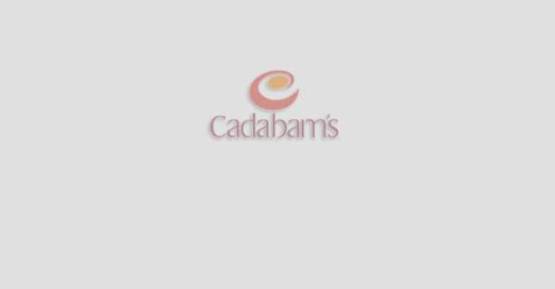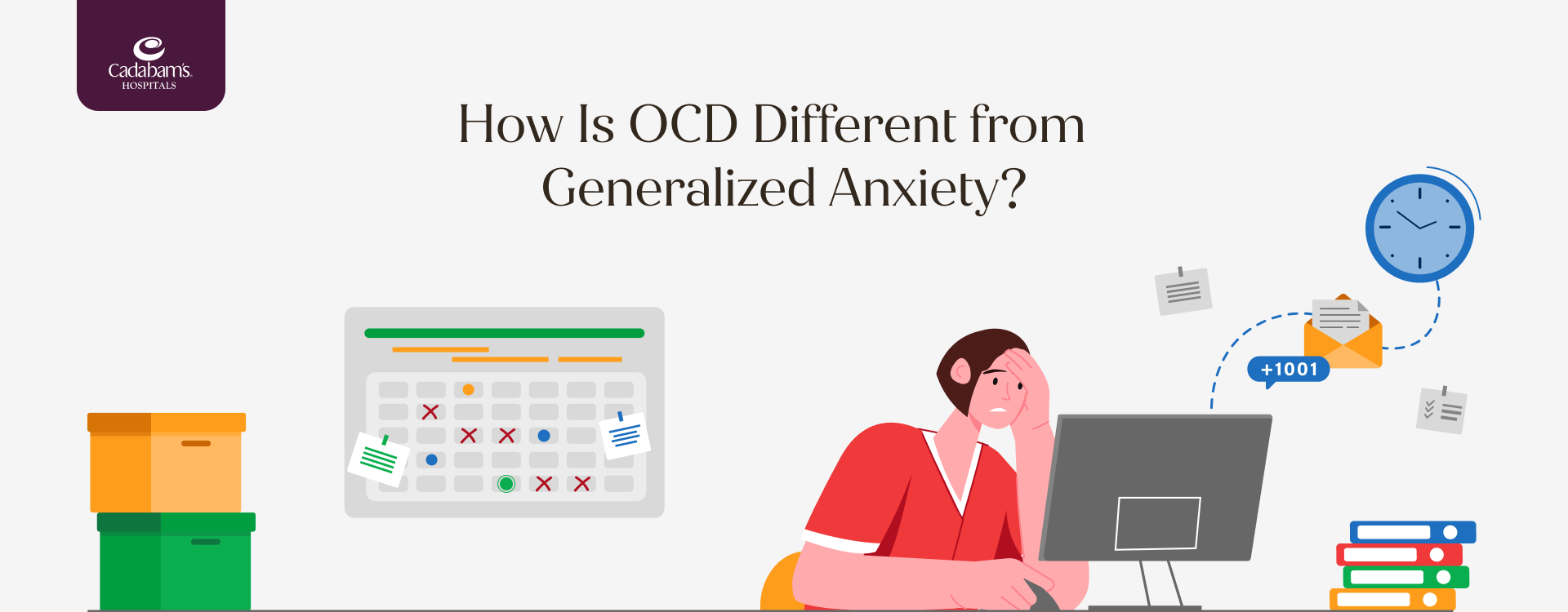Table of Content
Why is anxiety in children on the rise?
Childhood’ is full of exploring, learning and experiencing new things such as - joining a new school, learning to ride a cycle or swimming with peers, children do experience anxiety.
According to WHO (World Health Organization), Anxiety disorders are highly treatable, yet only 36.9% of those suffering receive treatment
What are the ways to identify anxiety in children and teenagers?
If you think your teen struggling with anxiety here are some of the symptoms to identify anxiety in children.
Physical Signs of Anxiety in children
- Often complains of a headache or a stomach ache
- Irregular food intake - eating too much or too little
- Feeling of restlessness
- Sleep issues
- Shivering
Emotional Signs of Anxiety in children
- Increased sensitivity
- Exaggerated fears (on things or objects)
- Cries often
- Overthinking
- Fear of rejections
Behavioural Signs of Anxiety in children
- Frequently asking “what if?” or telling “I can’t do it!”
- Isolate from other students and social situations
- Refuse to participate in extracurricular activities
- Often gets angry with parents and peers
- Ask for constant approvals from peers, teachers and parents
Some of the types of Anxiety Disorders in Children
Panic Attacks:
A panic attack is a type of anxiety in children can cause an intense fear that results in mild to severe discomfort (between the age of 6 to 12). Some of the physical symptoms include a racing heartbeat, chest pain, upset stomach and breathing difficulty. Often times, your child will appear to be frozen with fear or may just stare intensely with a fixed gaze. Typically it can last for more than 10 minutes and can be one of the most distressing conditions that your child can endure.
Phobia:
Children may exhibit anxiety disorders in the form of specific phobias or irrational fears towards specific places, situations, or objects. What would be some of the common phobias in children If such fears are persistent within the child for at least six months and it may interfere with their daily life? Symptoms might include suffering from a stomach ache or a headache, a tantrum, becoming clingy, or freezing in place when confronted with the fear.
GAD (Generalized anxiety disorder):
Children between six and eleven years of age usually experience this condition. They frequently worry about all matters just like the adults, they worry about their families, studies and their games. Their fear that anything terrible could happen is so extreme that it could affect their daily responsibilities. With their high level of anxiety, they do not know what to do and they have no power over their negative thoughts. These children need reassurance that everything is going well and they always want things to happen perfectly.
How to treat anxiety disorders in Children?
A recent study has shown that more than 1 in 8 of the children in India suffers from an anxiety disorder.
It is important for any parent to learn the most appropriate children treatment method to treat their child's anxiety disorder. This disorder can lead to many difficult obstacles for not only the child but for the parents and the child's entire family.
The fear that anxiety creates will keep a child from wanting to attend school, discourage the child from being alone or with other children, temper tantrums, and it can also cause a child to not want to leave the sight of their parents.
Some adults find it hard to recognize the signs of an anxiety disorder in a child. They look at this fearful behaviour as just a phase in the child's life and assume that the child is extremely shy. However, some fearful behaviour is not appropriate for children at a certain age, and the parents should talk with a medical professional to confirm if their child's fear is normal.
Anxiety Disorder treatment options:
Treatment for the anxiety disorder children experience is similar to the treatment of anxiety disorder in adults. Treatment usually combines several well-balanced approaches. One of these children treatment methods is cognitive behaviour therapy.
The idea behind cognitive behaviour therapy is to assist the children in the way they think, behave, and feel. This treatment method might also involve behavioural exposures which aim to help the child face their fearful situations. Another treatment that may be combined with cognitive behaviour is medication. Medications can help, but the type of medication that will be used will depend on the type of anxiety disorder. Therapy will also be included in the combination of the other treatments.
Family therapy:
It is extremely important for some children, and this might require the entire family to get involved with the therapy. If you think your child has an anxiety disorder you should get an evaluation by a mental health professional who can diagnose your child and provide treatment. Anxiety disorders are very treatable, and a treatment plan should be developed to benefit the needs of that certain child.
Help your child reclaim their lives through the best anxiety treatments in a way that they will be able to deal with it better. If you need more information about anxiety disorders in children and the ways you can adapt to help them, you can feel free to call us at 97414 76476 or visit Cadabam's Hospitals.
How Cadabam's Help you for Addiction?
- 410+ Professional Consultants
- 1,00,00+ Happy Faces
- 120+ Currently Seeking Treatments









